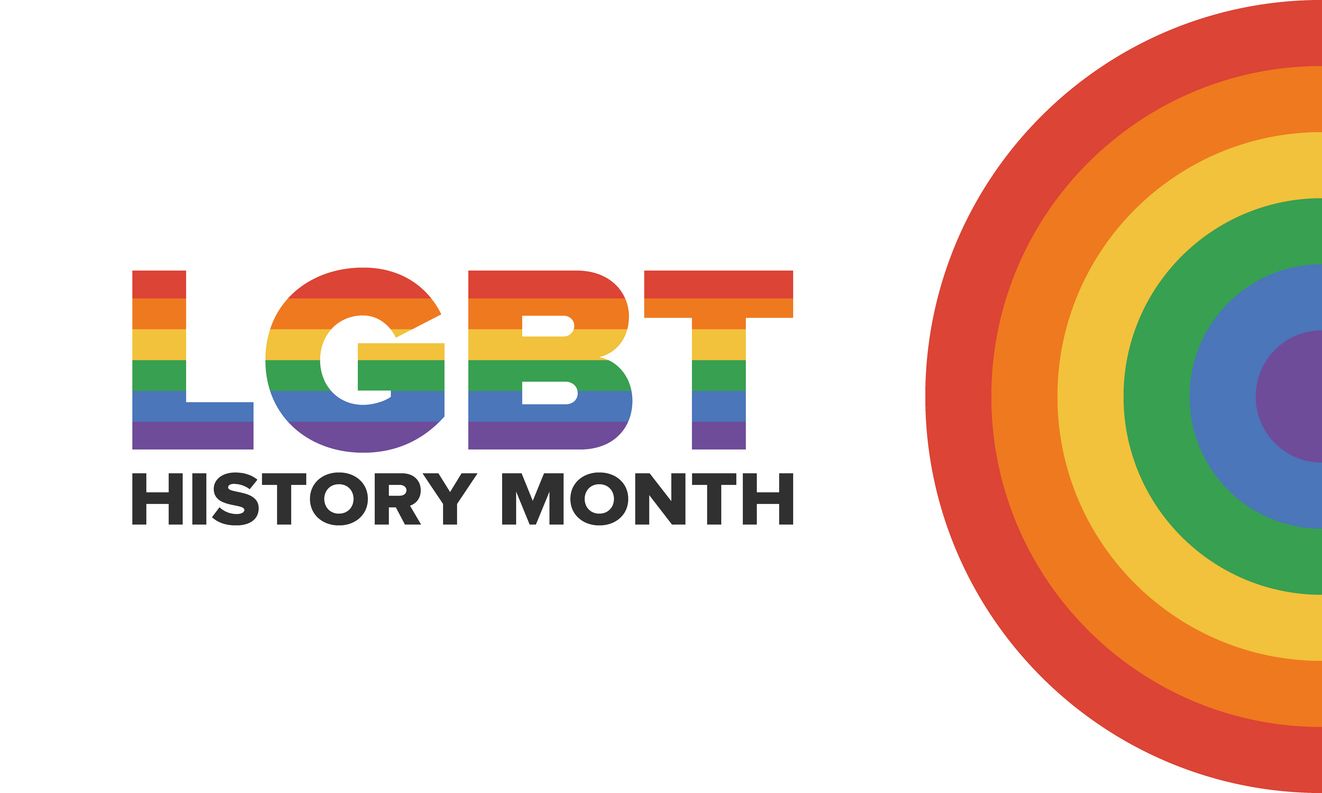This page is licensed under Creative Commons under Attribution 4.0 International. Anyone can share content from this page, with attribution and link to College MatchPoint requested.
The Work Continues: What Campus LGBTQ History Teaches Us About Today
LGBTQ History Month is about honoring what has been built, but it is also about seeing what remains unfinished. Recognition in the 1960s was groundbreaking, but equity in 2025 still demands vigilance. The work continues, especially as political climates change and rights are debated again in legislatures and on campuses.
Students will keep pushing, universities will keep being tested, and history will keep unfolding in classrooms, dorms, and student unions. Celebrating trailblazers is not about nostalgia—it is about remembering that change is possible when people refuse to stay silent.

Lessons From the First Sparks
The late 1960s were a time when speaking openly about being gay could mean losing your job, your safety, or your future. Yet students at a handful of universities still organized. Their courage reshaped higher education in ways that ripple into today.
- Columbia University (1967) became the first campus to officially recognize a gay student group. This was more than a footnote—it was a declaration that LGBTQ+ students belonged in public life.
- Cornell University (1968) quickly followed, proving that Columbia’s action was not an outlier.
- Stanford University (1969) tied campus activism to the broader Bay Area movement, showing that student organizing could connect directly to national change.
The lesson here is clear: even in hostile climates, visibility matters. Today’s students still inherit that responsibility, reminding us that courage does not wait for permission.
Lessons From the 1970s: Resistance Meets Persistence
The next decade saw momentum spread, often into regions where opposition was strongest. Activists built organizations knowing their very existence would be challenged.
- University of Texas at Austin (1970) founded a Gay Liberation Front in the heart of the South. Its presence made clear that LGBTQ+ activism was not limited to the coasts.
- University of Michigan (1971) took an even bolder step, establishing the Human Sexuality Office—the first university-supported LGBTQ+ office in the country. It sent a message that real resources mattered.
- University of Florida (1971) faced court battles over the right to exist, illustrating how legal resistance often shadowed progress.
- Duke University (1972) became the first Southern school to officially recognize a gay student alliance.
The pattern is one that continues today: each advance invites pushback, and each challenge becomes part of the story of persistence.
Lessons From the 1980s and 1990s: Silence is Not an Option
As the AIDS epidemic ravaged communities, silence was the default posture of many institutions. Students and faculty stepped into the void.
- Howard University saw Black queer students fight both racism and homophobia, challenging stigmas within one of the nation’s most prominent HBCUs.
- Morehouse College wrestled publicly with questions of masculinity and sexuality, debates that attracted national attention.
- Spelman College amplified the voices of queer women, linking their activism to broader struggles for gender justice.
This era underscored that trailblazing is not only about founding “the first.” It is also about refusing to vanish when the moment demands visibility. Today’s students carry that same charge in the face of shifting political winds.
Why This History Matters Now
Looking back at Columbia, Michigan, Howard, or Oberlin, it is tempting to see their progress as inevitable. It was not. Each milestone came through persistence, conflict, and risk.
For students and families choosing colleges today, this history still teaches us what to look for. Schools that created space decades ago often remain leaders in inclusion now. Questions to consider on a campus visit include:
- Does the university fund and staff an LGBTQ+ resource center?
- Are student groups visible and supported at the administrative level?
- Do policies align with promises, from gender-inclusive housing to nondiscrimination protections?
These details are not just about campus culture. They reveal whether a university will stand by its students when climates shift, as they inevitably do.


